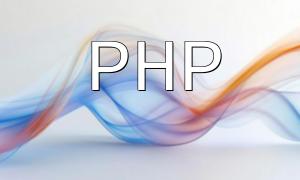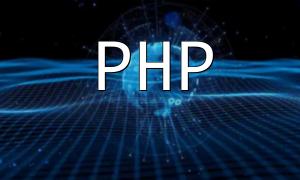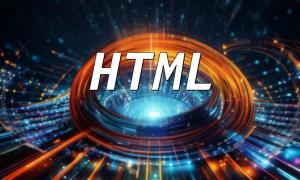In PHP development, the MVC (Model-View-Controller) architecture is a very popular and effective design pattern. It separates the different functional modules of an application, improving code cohesion and maintainability. By thoroughly understanding the working principle and advantages of MVC, developers can achieve more efficient code organization and more flexible extensibility in their projects.
The MVC architecture is a software design pattern that divides an application into three main components: Model, View, and Controller. Each component has its own unique responsibility, working together to complete the overall application development:
When a user makes a request, the controller first receives the request and interacts with the model to retrieve the required data. The controller then passes the data to the view, which is responsible for rendering it for the user.
// Model: Fetching user data
class UserModel {
public function getUser($id) {
$db = new Database();
$query = "SELECT * FROM users WHERE id = :id";
$stmt = $db->prepare($query);
$stmt->bindParam(':id', $id);
$stmt->execute();
return $stmt->fetch();
}
}class UserView {
public function render($data) {
echo "<h1>User Profile</h1>";
echo "<p>Name: " . $data["name"] . "</p>";
echo "<p>Email: " . $data["email"] . "</p>";
}
}class UserController {
public function getUser($id) {
$model = new UserModel();
$data = $model->getUser($id);
$view = new UserView();
$view->render($data);
}
}$controller = new UserController(); $controller->getUser(1);
In addition to implementing MVC architecture manually, developers can use some popular PHP frameworks that already support the MVC pattern. These frameworks provide pre-built components and tools that help developers create MVC applications more efficiently:
Mastering the PHP MVC architecture helps developers implement high cohesion and low coupling in code, improving the scalability, maintainability, and testability of the code. By properly utilizing the MVC pattern, developers can build clear, maintainable PHP applications that are robust and flexible.










